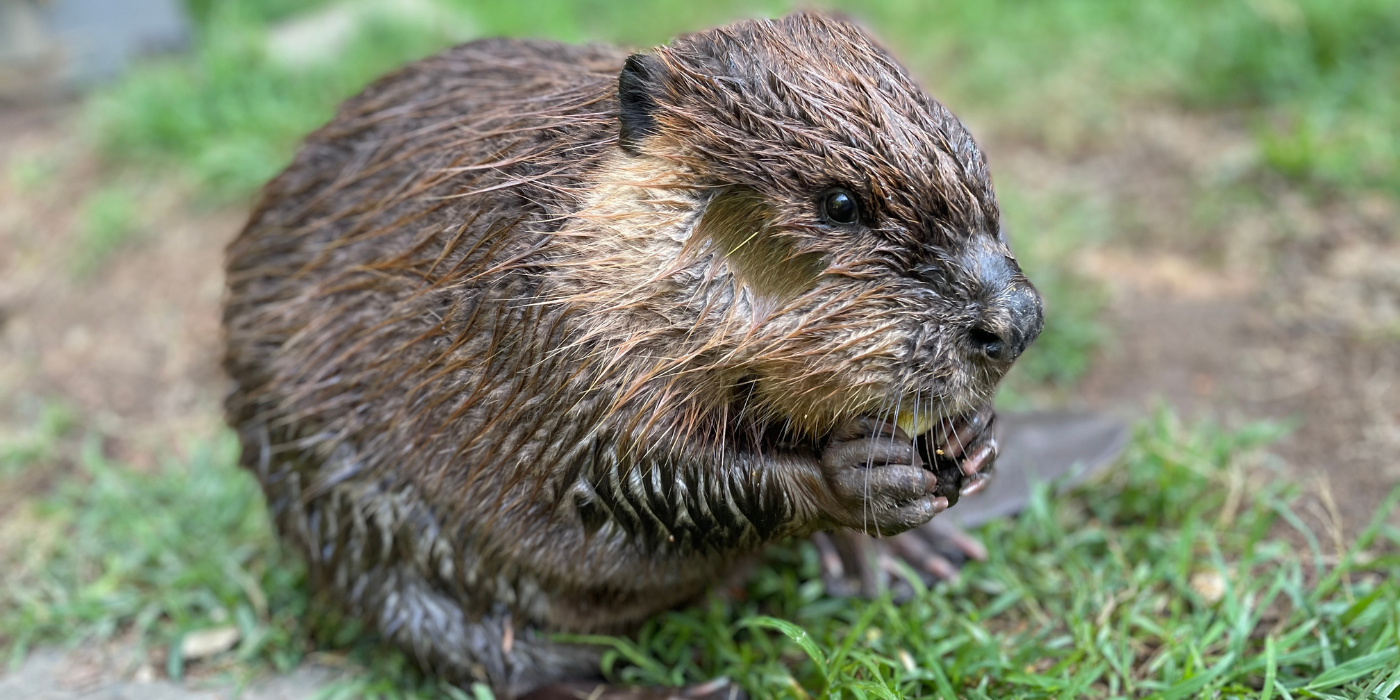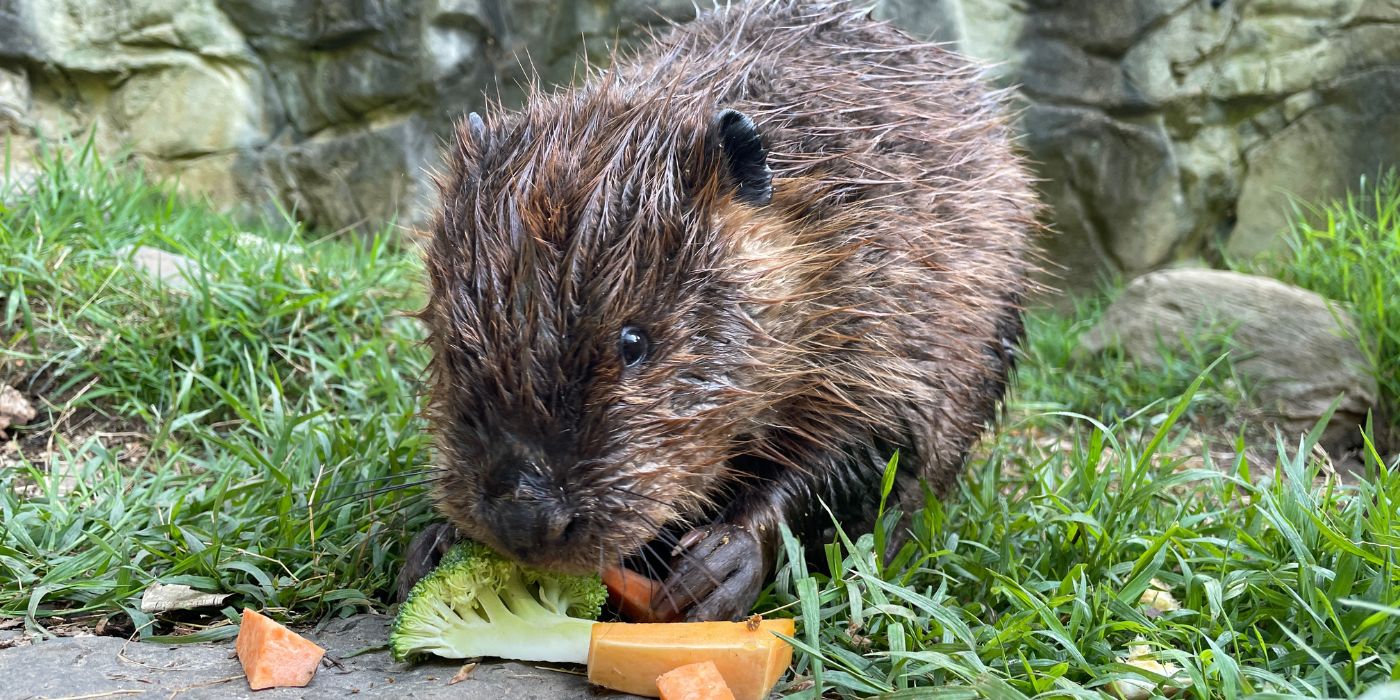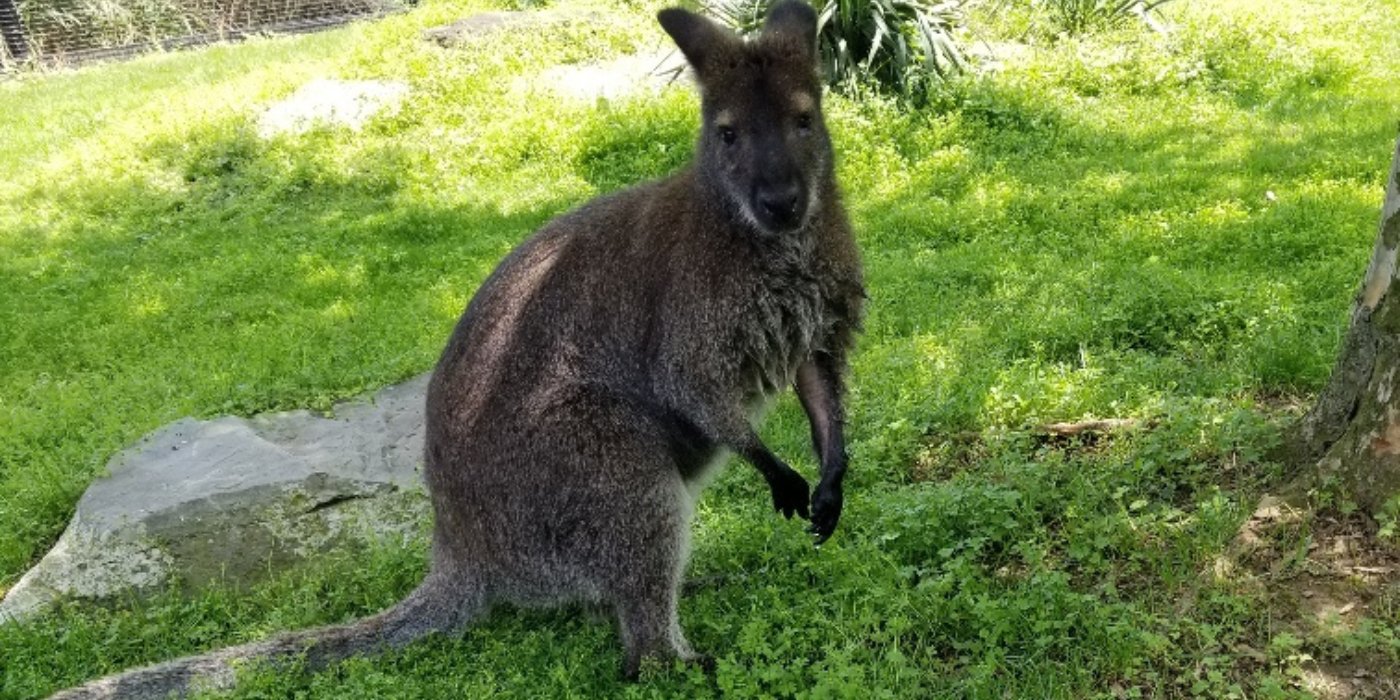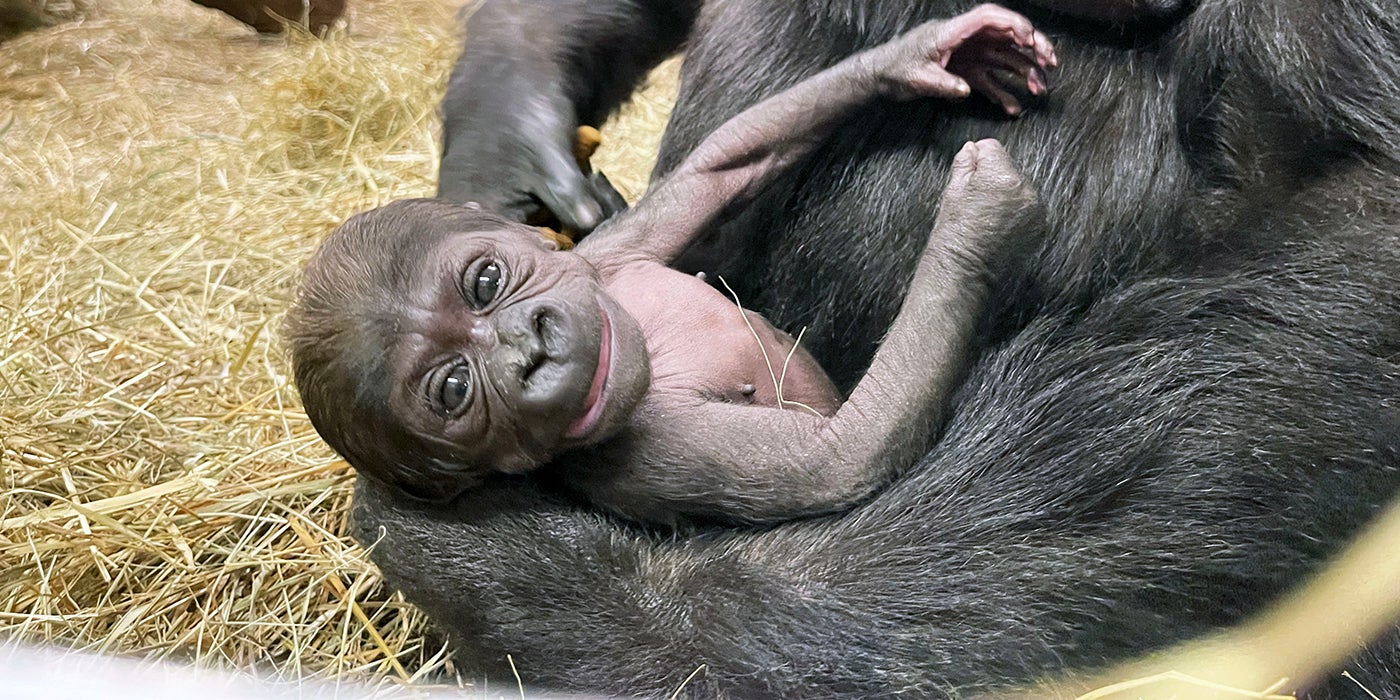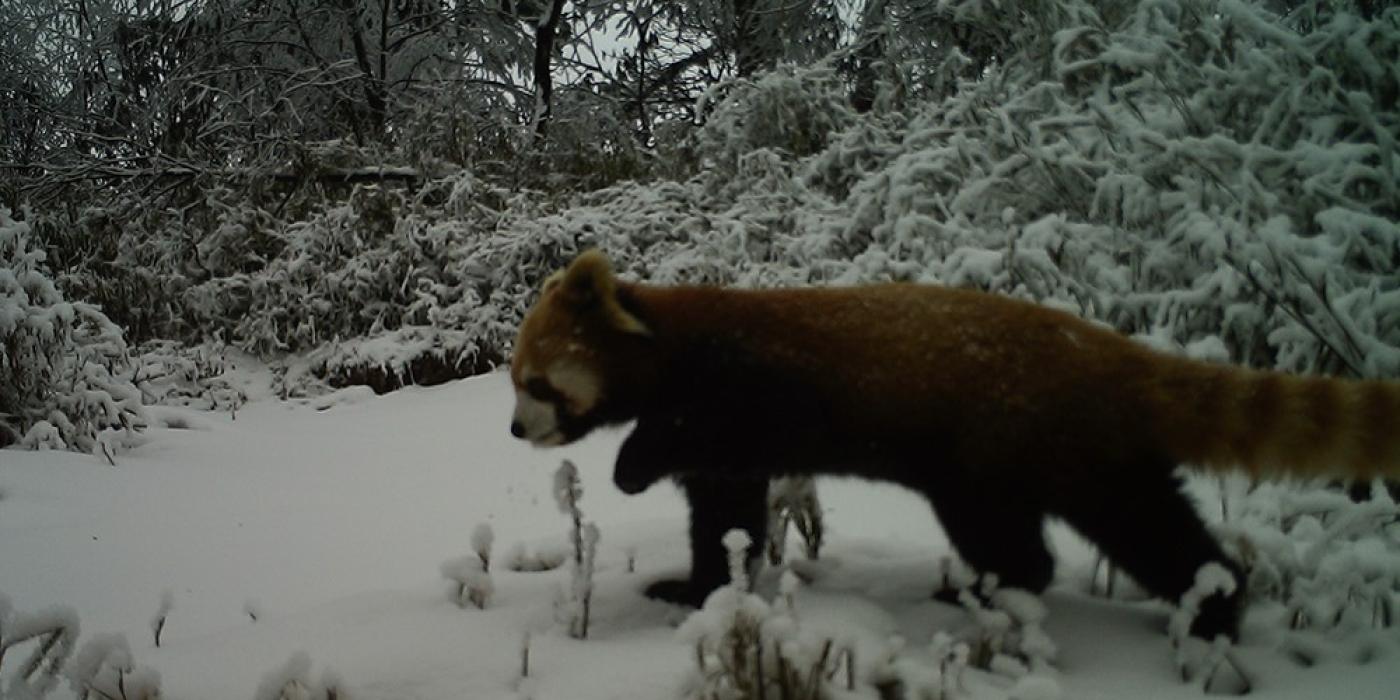Studying Animals in Extreme Landscapes

Every time I meet a visiting researcher, their first reaction is “Wow, the scale of this place!” My study area on the American Prairie Reserve and the surrounding area in Montana spans more than 2 million acres. I’ve lived here for a year and can tell you the landscape is fierce, beautiful and always surprising.
I often wonder how wildlife can survive the extreme weather — from raging winds and thunderstorms to blazing heat and freezing cold. And yet it does. Pronghorn, mule deer, elk and many more mammals call the prairies, shrublands, forests, rivers and streams of the Northern Great Plains home. So do ranchers and farmers.
Understanding how human activity affects wildlife is important for land managers, because once we understand the problems we can think of ways to mitigate and manage them. Learning how animals interact — whether as predator and prey, or as species competing for the same resources — is also key.
I hope the results of this study can direct management decisions and contribute to restoration efforts for this grassland habitat.
Want to know more about this project? Check out additional videos, photos and blogs from the field.Related Species:


